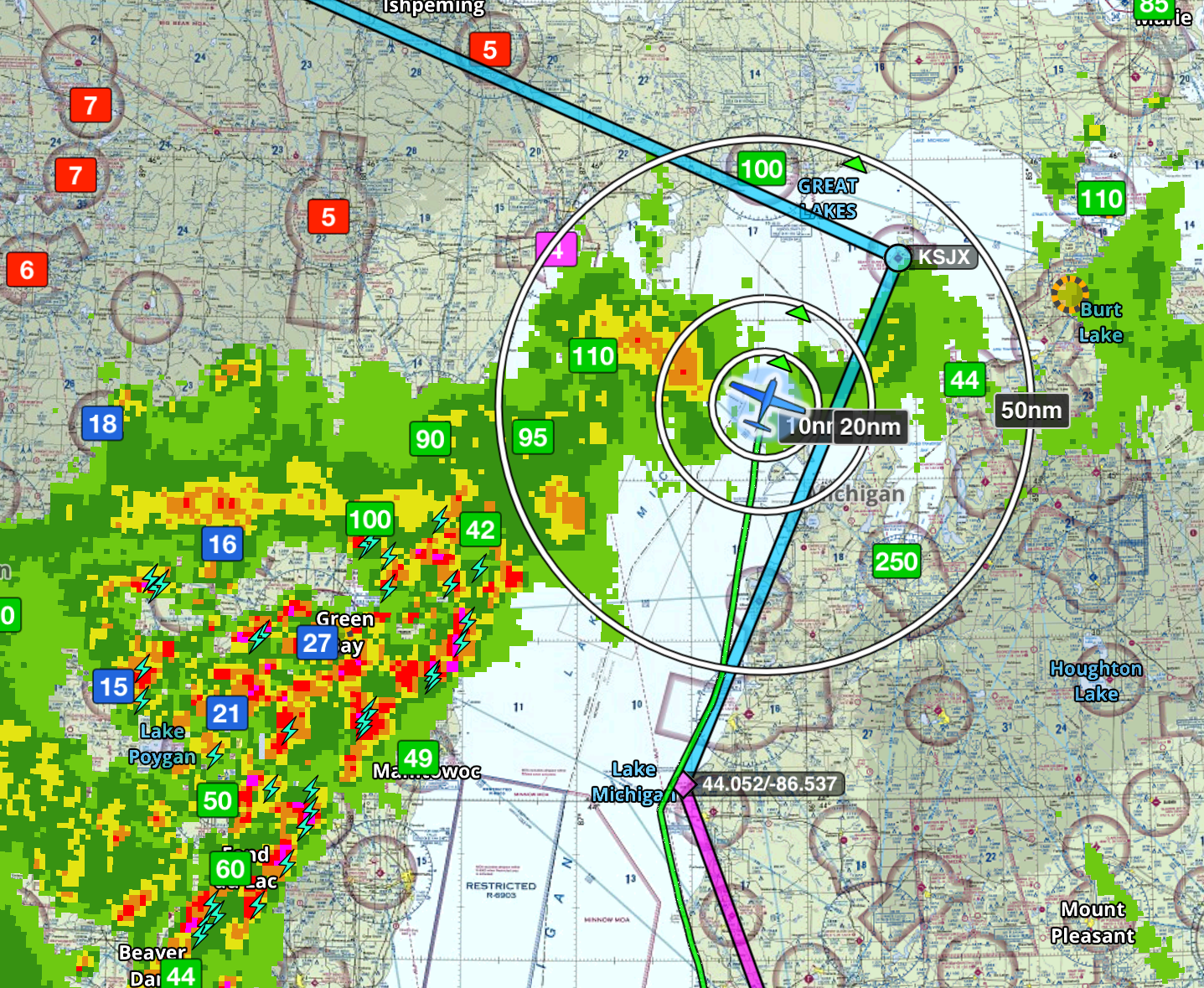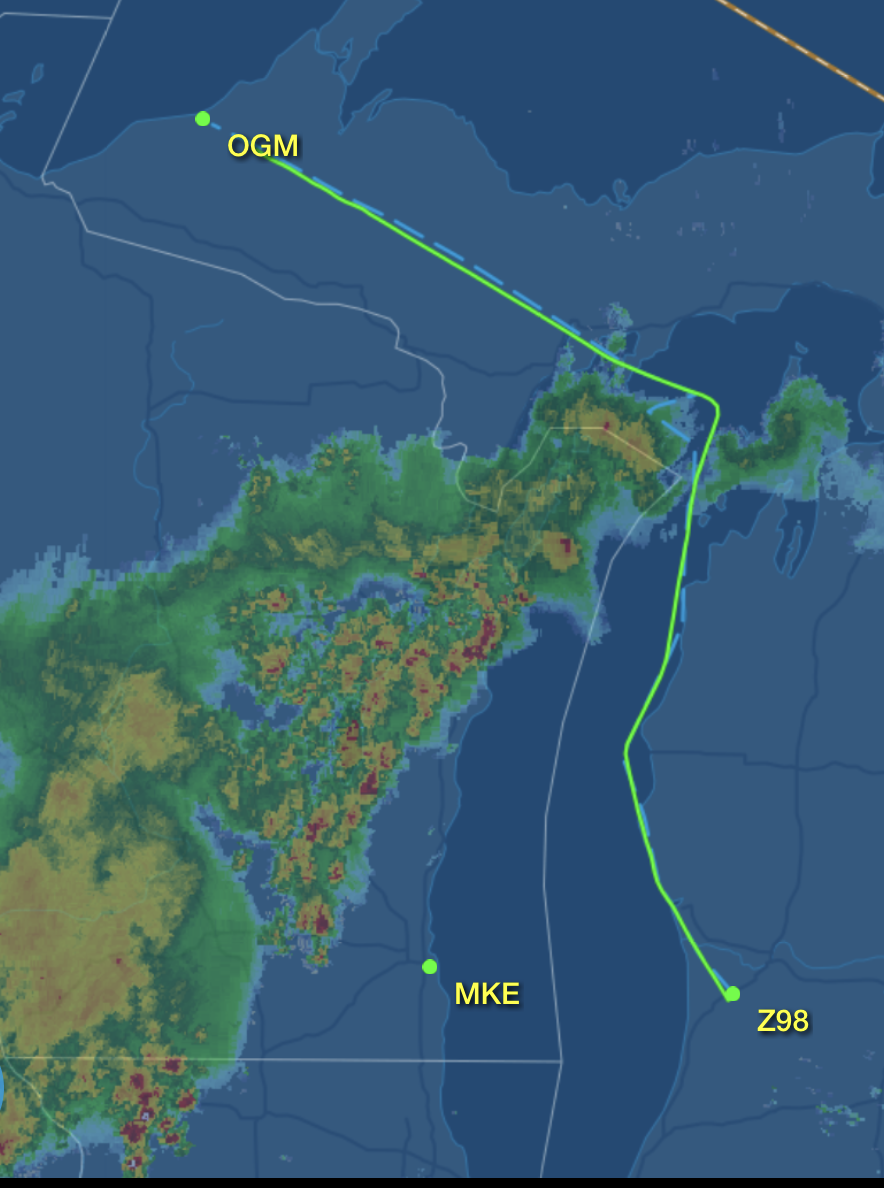Practical Test (checkride) day is stressful enough. Any number of things can make it easier or make you more prepared, but as you do get ready, there are a few things many FAA Designated Pilot Examiners (DPEs) have noticed that applicants and their instructors could do to make the day easier for your DPE and as a result, you!
Here are a few that are worth sharing to help you get a jump on the day and make it easier.
Clearly Identify All Required Flight Time Experience.
Scrounging through an applicant’s logbook for those missing couple of hours of cross country flight time, trying to see if particular cross country flights meet requirements for a particular rating or certificate, or making sense of how much time an applicant has logged in simulated or actual instrument time can be challenging. In reality, it is up to the applicant and the CFI to make sure that they are sending a “qualified” applicant to the DPE. The DPE must ensure the applicant meets the required aeronautical experience for a particular rating or certificate as the FARs dictate. If a DPE is unable to clearly identify that an applicant meets those requirements, they won’t proceed. I know personally, I have likely sent applicants home without starting a practical test who may have actually been qualified but due to having a disorganized logbook were unable to demonstrate that they met all the requirements. If it helps, create a separate log of the specific experience requirements for the rating or certificate you will be testing. Don’t just hope the examiner can find what you did and that it will meet the requirements, show up ready and able to show exactly why and how you have met all those requirements to ensure you will be moving forward to the actual test on checkride day. Continue reading



